We recently connected with Bruce Helander and have shared our conversation below.
Bruce, thanks for joining us, excited to have you contributing your stories and insights. Did you always know you wanted to pursue a creative or artistic career? When did you first know?
As a grade school student growing up in Great Bend, Kansas, I had an extremely difficult time academically and could barely achieve a passing grade in typical subjects like reading, writing and arithmetic. However, the one area that I excelled in was visual art, which included design projects, drawing and calligraphy. In all of these subjects, as I recall, I was the best student. I remember my art teacher discovering an abstract picture I’d made with pastel crayons that she decided to bring around to all the other classrooms to show what an unusual design I had created. During those years in the late 1950s, the word ‘dyslexia’ had not been coined yet, but my teachers recognized that I had a severe learning disability for a young boy who apparently displayed a high intelligence level. Not knowing your right from your left, not being able to tell time, not understanding basic arithmetic, and having great difficulty with sentence structure, I gravitated to anything that was creative, such as art projects and theatre. My mother had attended the Rhode Island School of Design and she continually encouraged me to pursue creative projects. Even with a private tutor that my mother thoughtfully hired, no one was able to diagnose my learning disability, and so I continued to struggle with my academic studies throughout high school. Through overwhelming odds and a deep desire to succeed at something, I created a home studio where I would work each evening on developing my artistic skills. I realized that the only college environment that I could survive in would be art school, and so my mother suggested I apply to the Rhode Island School of Design, not realizing it was the most competitive art school in America. Luckily, I was accepted on my artistic skills, which I pursued with vigor and enthusiasm, and was the foundation for my remarkable career in creativity.
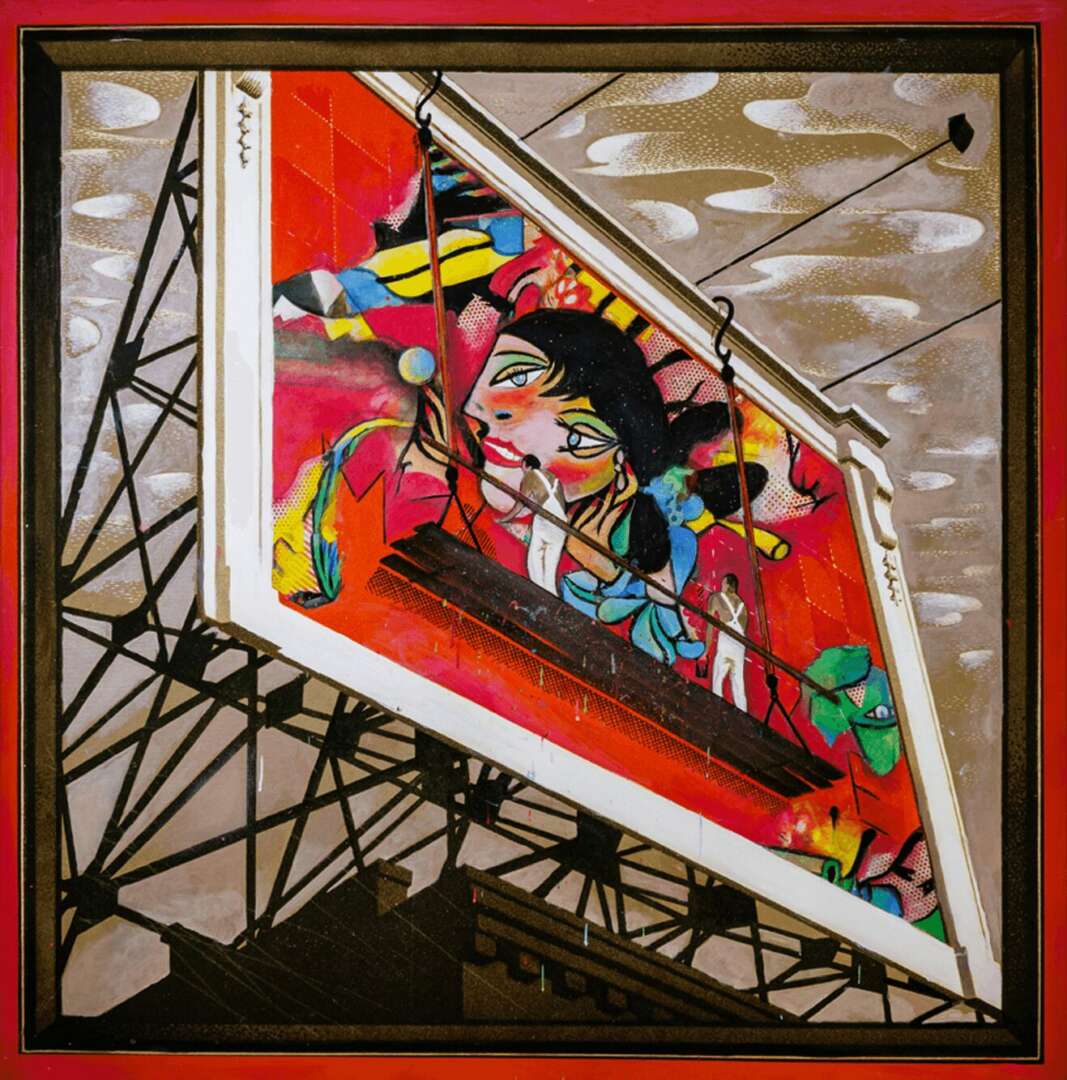
Bruce, love having you share your insights with us. Before we ask you more questions, maybe you can take a moment to introduce yourself to our readers who might have missed our earlier conversations?
During my tenure at RISD, I became interested in illustration and painting after discovering a New Yorker magazine cover. Since I had a high level of ambition and was afraid of failure in other disciplines I redoubled my efforts to become a polished and inventive professional. At the same time, I was working my way through RISD at odd jobs in Buildings & Grounds, and even the Cafeteria. Some of my classmates who were interested in music convinced me to join a rock n’ roll band, and we thoroughly enjoyed a five year run. There were numerous “art rock” bands on the college campus that included RISD students, including David Byrne, who formed the innovative band, Talking Heads. I later pursued a master’s degree in painting and later on took courses at Yale and Harvard. Being in the right place at the right time, I was hired as an Admissions Officer at RISD, which seven years later propelled me into becoming the Acting Chief Academic Officer/Provost of the college. In a dream come true, I later became a professional illustrator, coincidentally for The New Yorker magazine. As a painter, I also gained success and notoriety with leading galleries in Manhattan. During that period of time, my collages were acquired by renowned museums, including the Whitney, the Guggenheim and the Met, as well as many others.

What’s the most rewarding aspect of being a creative in your experience?
The most rewarding aspect of being a full-time artist is that one can regularly pursue commissions and exhibitions on your own time in the privacy of a studio environment. It’s always a thrill to see your work reproduced in an art review, a film festival poster or in a gallery exhibition of new works. Perhaps the most rewarding part of being an artist is that your vision continues to sharpen and your artistic confidence strengthens, which allows you to enjoy the surrounding environment, from gardens to architecture.
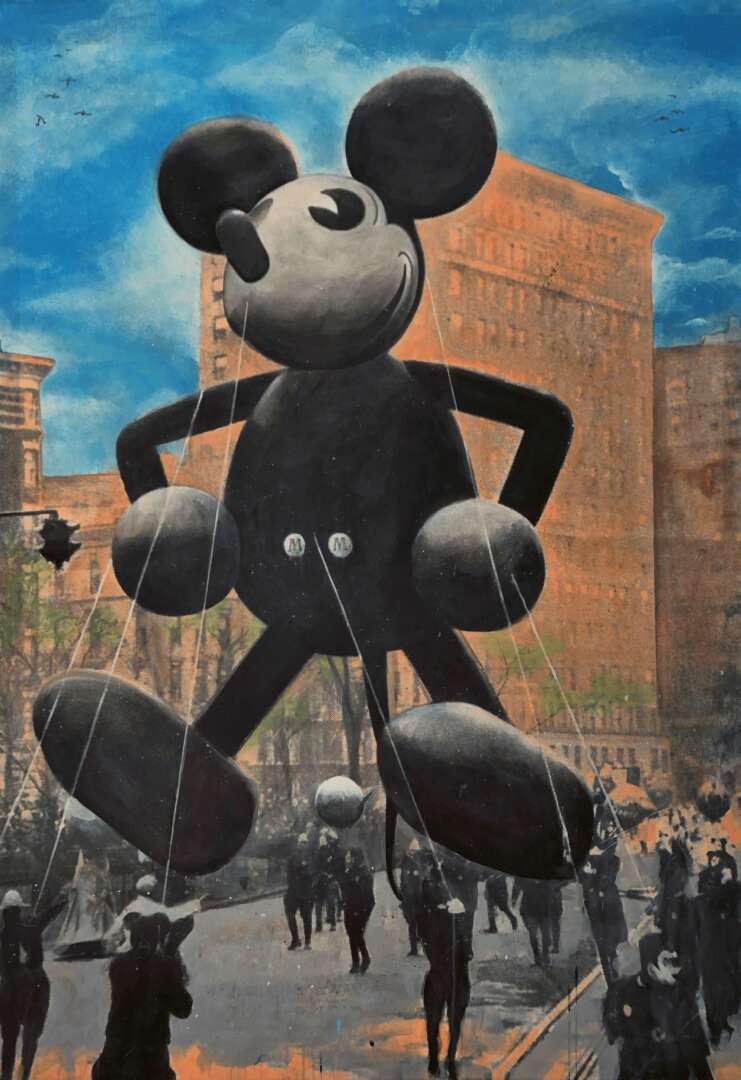
Is there mission driving your creative journey?
My life’s goal is to continue working nearly seven days a week to explore my inner creativity and the challenge of developing commissions that a larger public will discover and perhaps be influenced by. Since I am lucky to have found a lifelong passion in creativity, I am profoundly grateful that I was able to develop a talent that has brought me unexpected success and notoriety.
Contact Info:
- Website: https://www.brucehelander.com
- Instagram: @bhelander

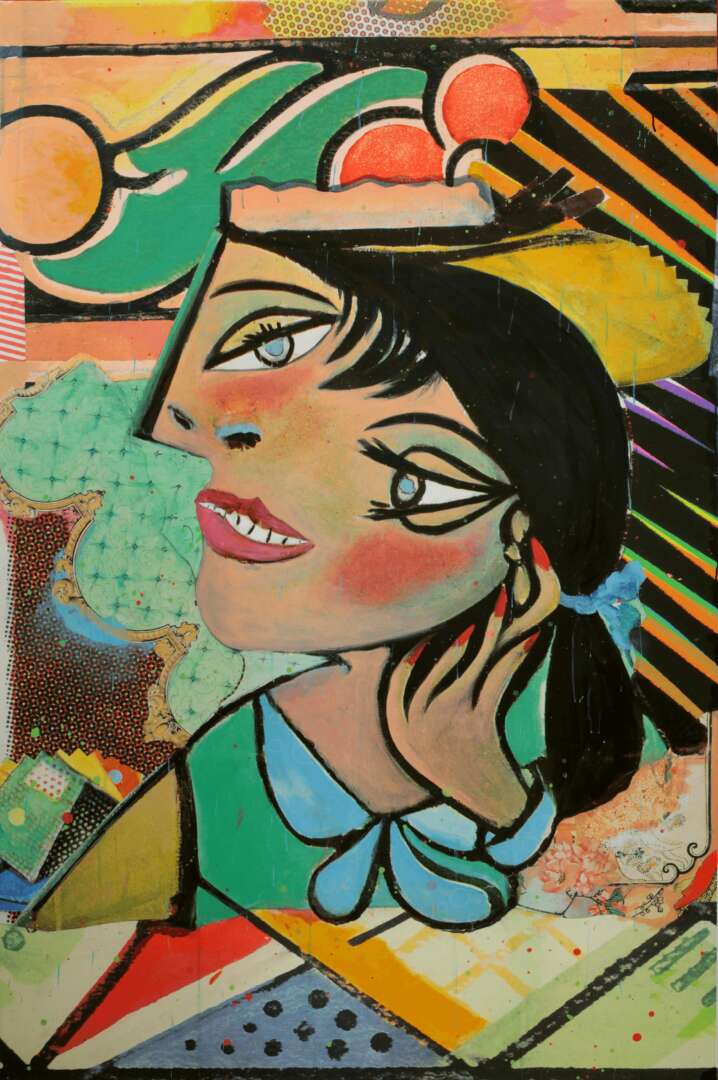
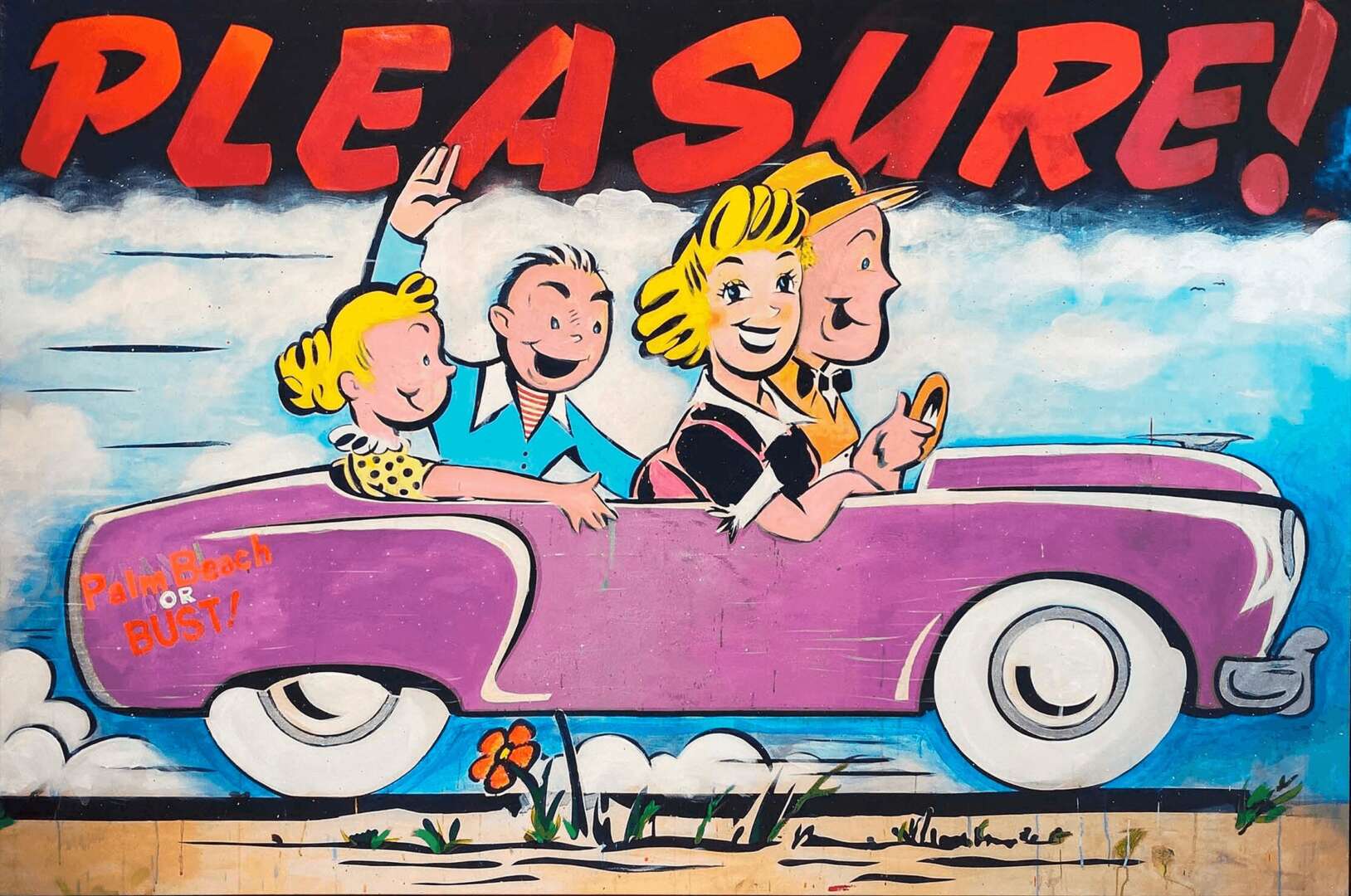


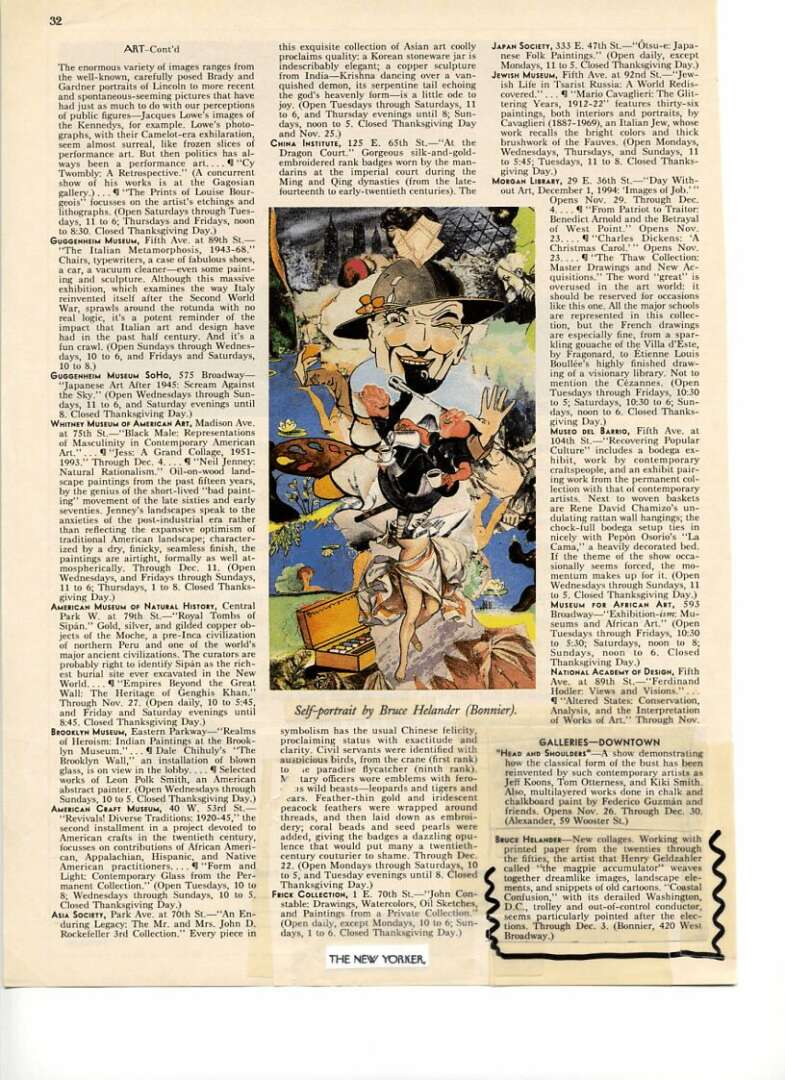
Image Credits
Portrait of Bruce Helander in the studio in front of painting, Photo credit Michael Price Photography.
The New Yorker magazine for the collage illustrations.


